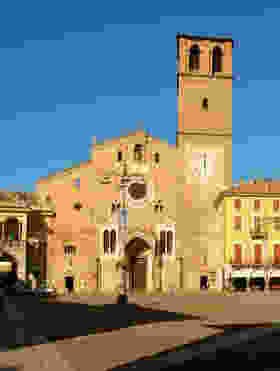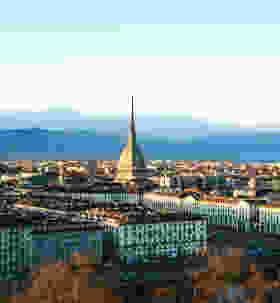Overview

The larger Brescia metropolitan area comprises 205 towns (comuni) and covers an area of 478.562 km2.
The population density is 265 inhabitants per km2, making it somewhat densely populated.
The male to female ratio is 1.00:1.03.
Brescia is a rich industrial city in Lombardy between Lake Garda, Lake Iseo and the Valtrompia in the foothills of the Alps, about 100 km east of Milan, and the capital of the province of Brescia.
Search for:
Climate
The province of Brescia receives on average 219 hours of sunshine per month, or 7.3 hours of sunshine per day.NaN This is 7.20% less than the average for Italy and 0.79% less than the average for the region of Lombardy.Throughout the year, it rains on average 8.48 days per month, which is well above average for an Italian province.
During the autumn and winter season, there are usually 5.95 days per month with fog and 3.33 cold days per month with perceived temperatures below 3°C.
In the summer, there are on average 19.6 hot days per month with perceived temperatures above 30°C.
Weather Now
name Region.NameCost of Living
The average monthly income in Brescia is around 1911.59€, which is higher than the average for Italy.The estimated cost of living is around 1899.5€ per month for an individual or 2851.34€ per month for a family of 4.
The cost for renting a small apartment (2-3 bedrooms) in a main city area is around 1346.28€ per month.
Overall, Brescia is expensive compared to other Italian provinces.
Living in Brescia is around 15.11% more expensive than the average of all Italian provinces.
Quality of Life
Healthcare
Healthcare in Brescia is above average. For every 10k inhabitants, there are around undefined pharmacies, 8.04 general practitioners and 26.3 specialized doctors per 10k inhabitants.NaNAverage life expectancy in Brescia is 81.2 years of age.
Education
Brescia has a higher-than-average percentage of high school graduates, around 61.9%; and a higher-than-average percentage of university graduates, around 30.2%.NaN The average number of completed years of schooling for people over 25 is 10.49, which is not far from the national average of 10.44.NaN There are no universities in this province.
Leisure
Overall, Brescia has pretty good nightlife with 2.97 bars and 3.51 restaurants per 10k inhabitants.
Crime and Safety
The province of Brescia is overall very safe for expats.As of 2021, there are an average of 2702.5 reported crimes per 100k inhabitants.
This is 4.70% lower than the national average.
There have been around 0.5 deadly road accidents and 10.3 serious work-related injuries per 10k people in Brescia.
This is respectively 7.41% less driving accidents than average and 20.16% less work accidents than average.
Car theft is reportedly 32.71% lower than average with only 47.46 cases per 100k inhabitants.
NaNReports of house thefts are 9.95% higher than average with 192.44 cases per 100k inhabitants.
NaNCases of robbery are not totally uncommon, around 5.74% higher than average with 23.41 reports per 100k inhabitants.
Brescia has a moderate crime rate.
The most common types of crimes in Brescia include petty theft, pickpocketing, and property-related offenses.
It is advisable to exercise caution and be aware of your surroundings, particularly in crowded areas and tourist spots.
Taking precautions such as securing personal belongings, avoiding isolated areas at night, and using well-lit and populated streets can contribute to a safer experience in Brescia.
Transport
Public transport in Brescia is quite good, and traffic is below average.NaNThere are on average 0.62 active vehicles per person, against a national average of 0.66.
The city of Brescia is one of the very few places in Italy with an urban metro system, the Metropolitana di Brescia.
Around 2.21km per 10k inhabitants of the main city in Brescia consist of bicycle lanes.
This makes Brescia somewhat bike-friendly by Italian standards.
The compact historical centre of the city has a bus system that works well for inhabitants and other commuters.
Discover
Recommended Tours in Brescia
Provinces Nearby



